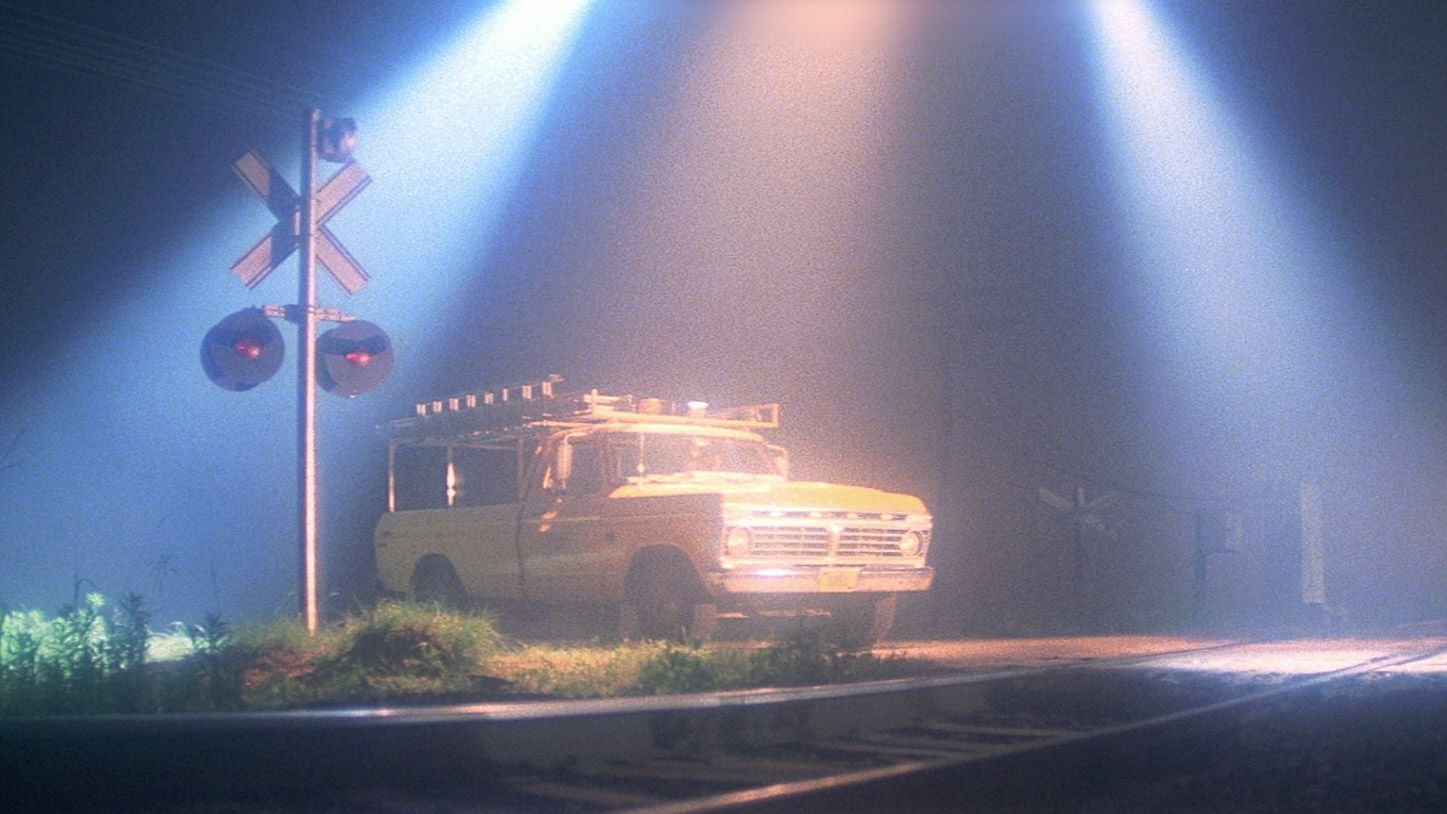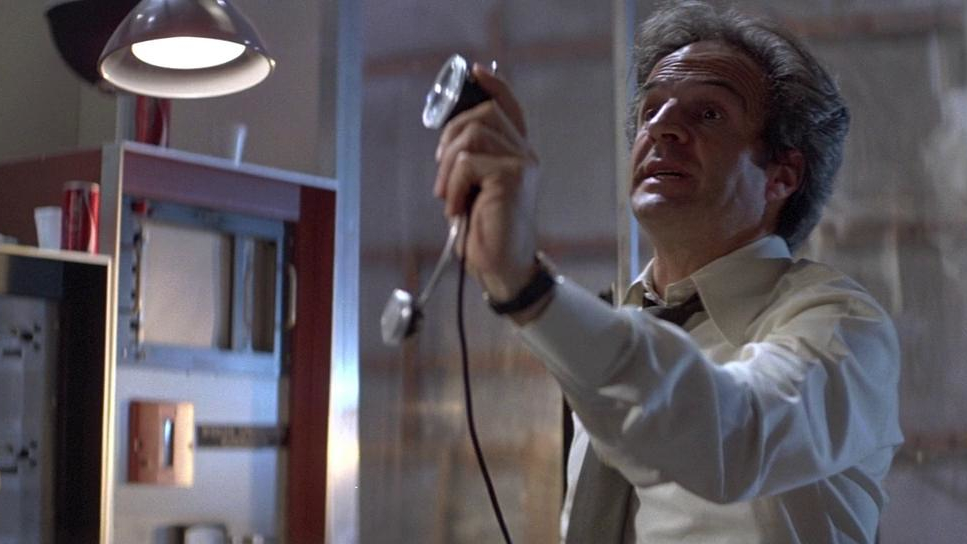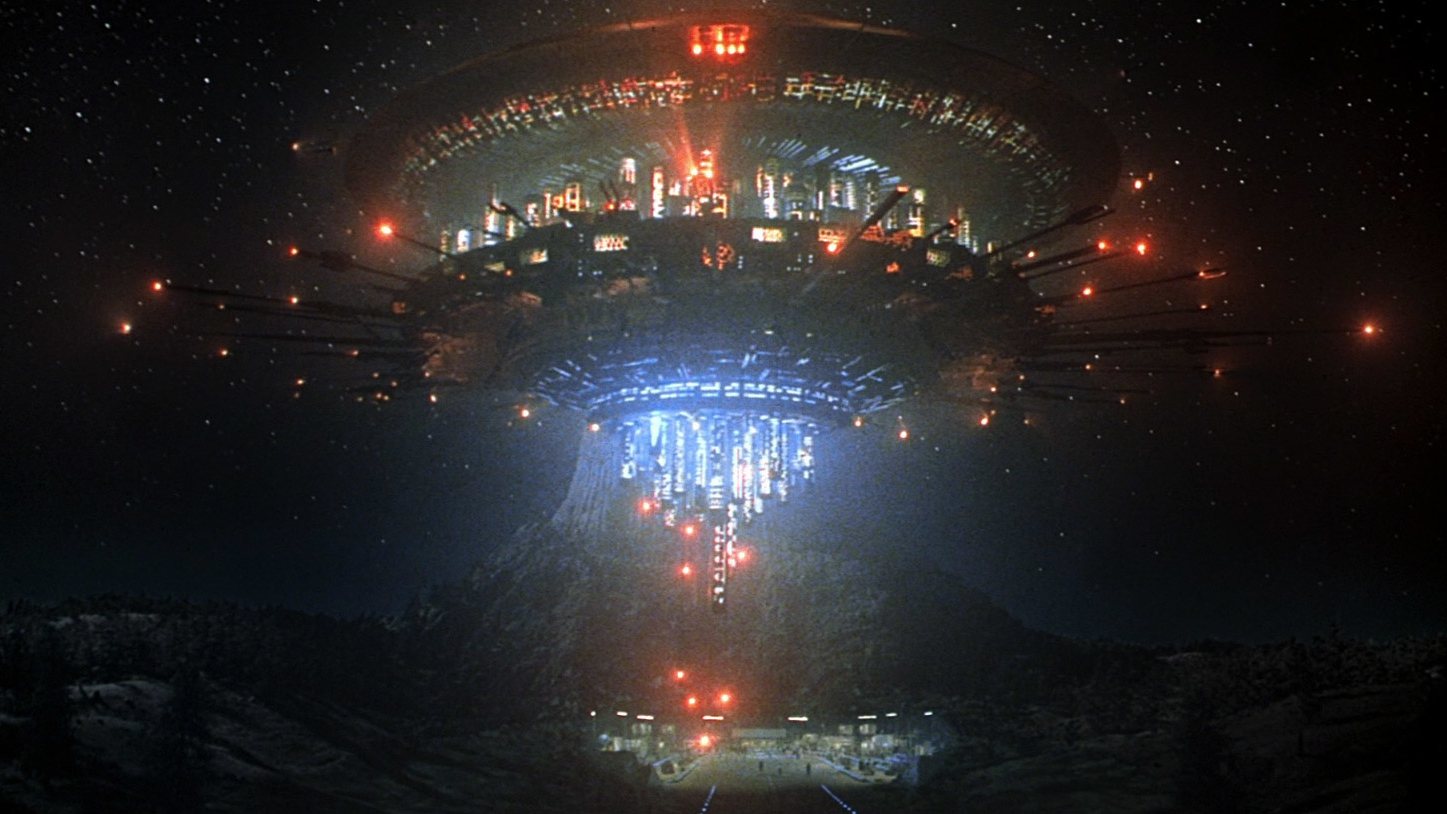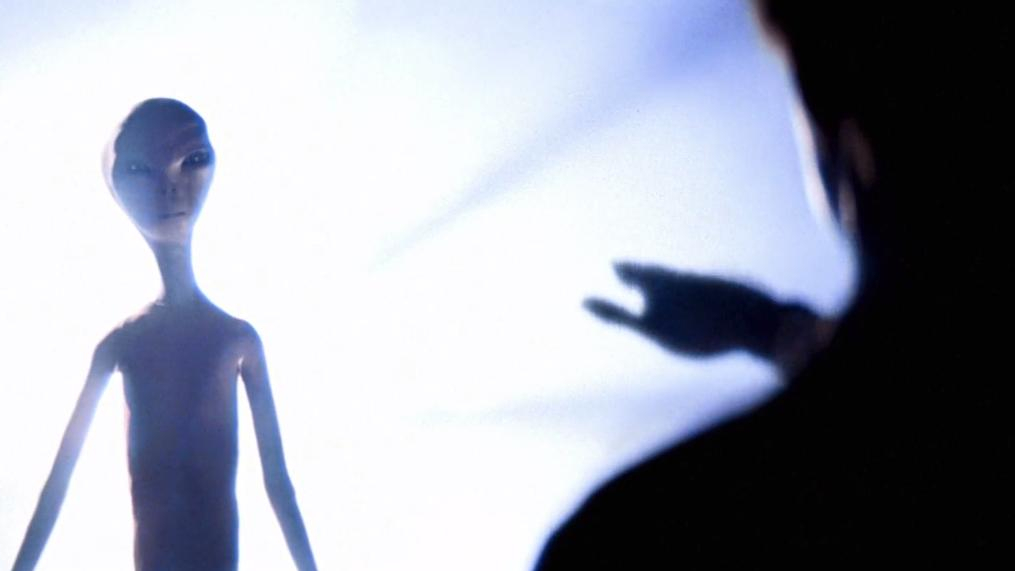'Close Encounters of the Third Kind' holds up 45 years later
It might be rapidly approaching 50 years old, but "Close Encounters of the Third Kind" is still a masterpiece of sci-fi cinema.

Sound famously cannot travel in space. Sound travels through the vibration of atoms and molecules in a medium like air or water. In space, where there is no air, sound has no way to travel. Yet humans are totally entranced by the idea of sounds coming from space to us. In reality, even when astronomers study radio waves they are not really listening. According to the National Radio Astronomy Observatory:
"Radio is a form of light. It's just like visible light, but with a much longer wavelength. While visible light has a wavelength on the scale of atoms, radio light has wavelengths ranging from about the thickness of a pencil lead."
This immutable fact about space hasn't stopped Hollywood from peering into the sky and wondering: "what do aliens sound like?" The clicking sound of the predator? The weird whomp of the aliens from War of the Worlds? The best space movies have given us countless ideas of what noises and sounds can come from space. And it is clear why. Matching the void of quiet space with some strange sound sends shivers down everyone's spine. One of the first movies to capture the depth of space through the use of sound is a personal favorite of mine: "Close Encounters of the Third Kind." Just weeks past the forty-five-year anniversary, I rewatched this classic film and came away intrigued and scared at what or who exactly lives in space.
Related: 'Close Encounters' Turns 40: Why Its Legacy Has Endured for Ages
Watch Close Encounters of the Third Kind on Amazon Prime Video: Rent for $2.99 or Buy for $13.99
Close Encounters is available on loads of streaming services to rent or buy, but $2.99 is the cheapest we've seen if you want an ad-free experience. You can also watch it for free with ads on Pluto.tv.
An early directorial feature of the young Steven Spielberg, and featuring a mind-bendingly chilling score by the famous John Williams, this movie, even with the special effects of the seventies, is as interesting and poignant today as I am sure it was in 1977. There's a reason it's sitting on our list of the best sci-fi movies of all time. For those who have not watched it, do not worry, this is a no-spoiler article.
The progenitor of so many of the tropes we know today, "Close Encounters" is Rachel McAdams' "Arrival" and the Netflix movie "Don’t Look Up" rolled into one creepy and interesting look at what is actually in space, and what that means for us here on earth.
Real life close encounters

The title of the movie is based on J. Allen Hynek's classification system. An astronomer back in the 1940s Hynek advised the U.S. military on high-profile alien investigations. His classification system is as follows:
1. Close Encounters of the First Kind: A simple UFO sighting
One of the first reported UFO sightings came in 1947 by an amateur pilot named Kenneth Arnold. Calculating the size of the object he saw with the sun he estimated it to be too big to be an airplane. He also noted its speed at 1,056 mph (1,700 km/h), faster than anything alive at that point. He reported the UFO as "saucer-like," which gave the UFO its disc shape in popular media.
2. Close Encounters of the Second Kind: a UFO sighting with physical proof
Not much later, a man named George Adamanski gave photo evidence of his encounter. These were quickly debunked by Hynek, but Adamanski had already gained fame and continued to profit from it with multiple books, in which he speaks on his encounters with aliens from Venus.
3. Close Encounters of the Third Kind: direct contact with aliens
The title of our film, third kind encounters have been popping up for decades. One of the eeriest incidents happened in 1994 when 60 schoolchildren from Zimbabwe reported seeing strange lights in the sky (which were seen in neighboring regions). Different interviews by UFO researchers and Harvard scientists reported the kids actually saw the aliens and even had telepathic links.
There is a fourth kind of encounter which was added later, which includes alien abduction. After the first few incidences of close encounters the public began to wonder and crave answers to who exactly is out there. After the space race between the USSR and US in the 1960s 'space fever' hit new highs, and Spielberg took advantage of that to give us a movie that instead of giving us answers, just captures the wonders of space, and the possibilities of life in the stars.
Vast emptiness

Space is represented in two distinct ways throughout the film. First, is the concentration on outer space. The second is the clear physical space around us. Like many space movies, Close Encounters exists mainly in rural America. where the emptiness of outer space is contrasted with the surrounding space on Earth.
While movies like Star Wars were fitting galaxies, civilizations and warfare, "Close Encounters" leaves us with little on the screen but empty fields, a dark sky and strange noises. That emptiness matches what outer space is and leaves you on constant guard that something eerie is just around the corner.
Spielberg, the master he is, presents both kinds of space with long, wide-lens shots of back roads, starry skies and open fields. The feeling Spielberg creates in an intense expectation.
The movie keeps teasing that something big is around the corner, leaving you at the edge of your seat constantly.
Alien sounds

With little in the way of music, Spielberg also represents space through the quiet. Silence pervades the movie, sometimes to the point of causing discomfort. Without the build-up of a song, how can a viewer know something is coming? You don't, and that is the point.
When the movie alludes to the presence of our aliens they play the same five notes. From the beginning of the film, we are taught to associate these sounds with the extra terrestrials. For most of the movie, this is the only way we know that they exist. without even showing any UFOs or aliens John Williams uses his musical score to give the unseen aliens a presence throughout any scene you hear the five notes. Like a pump fake in basketball, the score fakes out the audience, pretending their arrival is imminent. In essence the whole movie is like the second before the drop of a rollercoaster: Pure expectation, dread and excitement.
The first time I watched "Close Encounters," I didn't entirely understand what I'd seen. It is an alien film about communication, disbelief and space. Nothing happens when compared to the bombastic alien films we are used to, but that gives it a sense of anticipation and tension that few can rival. "Close Encounters of the Third Kind" manifests space in a way that keeps you on your toes the whole film and adds more questions to what is out there than it answers.
Follow us on Twitter @Spacedotcom or on Facebook.
Join our Space Forums to keep talking space on the latest missions, night sky and more! And if you have a news tip, correction or comment, let us know at: community@space.com.
Get the Space.com Newsletter
Breaking space news, the latest updates on rocket launches, skywatching events and more!
Likam Kyanzaire is a young writer based in Montreal & Toronto. A nonprofit worker and political economy academic, his writing is fueled by community resilience with academic integrity. Some of his most notable works include an article on circular economics for the Institute of Science & Policy, and a piece on the black press for the Stanford Social Innovation Review. He's also interested in sci-fi movies, as well as astronomy and its intersections with philosophy.











